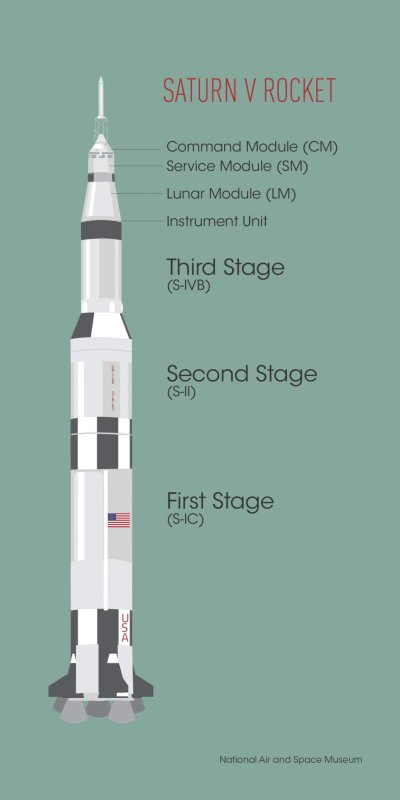Wiki, but still interesting
Fuel cells and storage[edit]
Due to its clean-burning characteristics, hydrogen is a clean fuel alternative for the automotive industry. Hydrogen-based fuel could significantly reduce the emissions of
greenhouse gases such as CO2, SO2 and NOx. Three problems for the use of
hydrogen fuel cells (HFC) are efficiency, size, and safe onboard storage of the gas. Other major disadvantages of this emerging technology involve cost, operability and durability issues, which still need to be improved from the existing systems. To address these challenges, the use of nanomaterials has been proposed as an alternative option to the traditional hydrogen storage systems. The use of nanomaterials could provide a higher density system and increase the driving range towards the target set by the
DOE at 300 miles. Carbonaceous materials such as
carbon nanotube and metal hydrides are the main focus of research. They are currently being considered for onboard storage systems due to their versatility, multi-functionality, mechanical properties and low cost with respect to other alternatives.
[137]
Other advantages of nanomaterials in fuel cells[edit]
The introduction of nanomaterials in onboard hydrogen storage systems may be a major turning point in the automotive industry. However, storage is not the only aspect of the fuel cell to which nanomaterials may contribute. Different studies have shown that the transport and
catalytic properties of
Nafion membranes used in
HFCs can be enhanced with
TiO2/
SnO2 nanoparticles.
[137] The increased performance is caused by an improvement in hydrogen splitting
kinetics due to
catalytic activity of the nanoparticles. Furthermore, this system exhibits faster transport of
protons across the cell which makes
HFCs with nanoparticle composite membranes a promising alternative.
Another application of nanomaterials in water splitting has been introduced by a research group at
Manchester Metropolitan University in the UK using screen-printed
electrodes consisting of a
graphene-like material.
[138] Similar systems have been developed using
photoelectrochemical techniques






